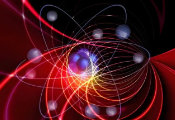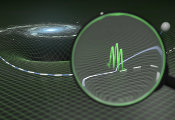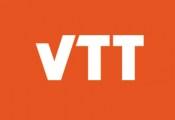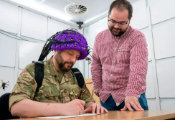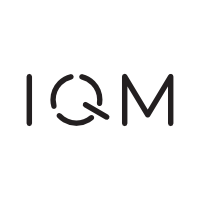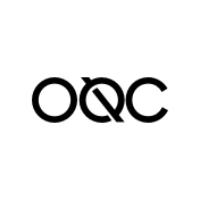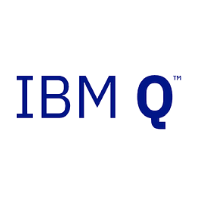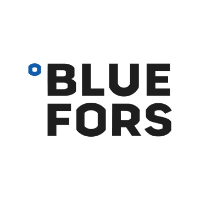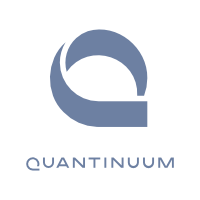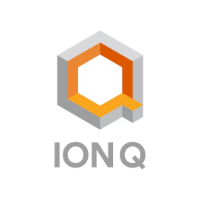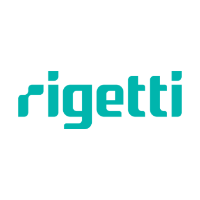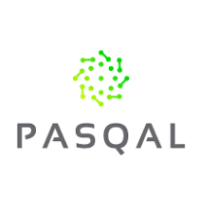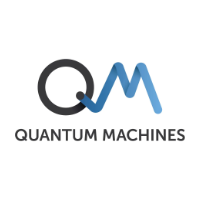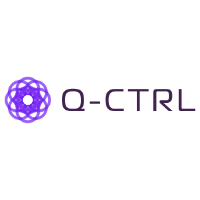Light Detectors Illuminate the Future of Quantum Sensing
Ottawa, Ontario, May 14, 2025 -- Almost a century after silicon semiconductors and chips became the backbone of computing technology, a new player, quantum photonics, promises to revolutionize how the world works once again. Quantum photonics catapults information processing and sensing beyond the limits of existing technologies by using quantum states of light (photons) to operate.
A key technology that makes this possible is the photon-number-resolving (PNR) detector. These new types of detectors allow for more precise optical measurements than ever before, offering quantum technologies new ways of achieving a "quantum advantage" for performance beyond anything the world has ever seen.
PNR detectors are used in light-based quantum sensing and metrology, quantum computing and quantum networking applications to enable precise optical measurements. Generally, traditional threshold detectors only show the presence or absence of photons, but PNR detectors can count the number of photons, even in an extremely weak light pulse. In short, the more accurately you can measure incoming photons, the more sensing tools you will have.
Only a handful of laboratories in the world have PNR detection capabilities and their performance and scalability are limited. For example, they can only detect light at rates of up to 100 kHz and cannot distinguish more than 20 photons at a time.
The National Research Council of Canada (NRC), the only public-sector lab in the country with access to this technology, is taking PNR-based quantum technologies to new levels. Through international collaborations with academia and industry, as well as funding from Innovative Solutions Canada and the NRC's Internet of Things: Quantum Sensors Challenge program, researchers can pursue novel approaches to quantum sensing that will accelerate development.
"Our Canadian industry partner, Xanadu, created a next-generation PNR detector for us that boasts a tenfold improvement in the speed of individual sensors without seriously compromising the photon number resolution," says Dr. Khabat Heshami, Research Officer at the Quantum and Nanotechnologies Research Centre. "The company also optimized the fabrication process to reliably develop 1 MHz sensors and scaled the fabrication, assembly, data acquisition and processing electronics to build capacity for volume production of the devices."
With this next-generation detector, the team was able to pioneer a new measurement in quantum optics: the quadrature coherence scale. Two recent research publications show how PNR detectors are key to building photonic sensing applications, enabling sensing at or near ultimate bounds allowed by physics.
Beaming light into the future
Dr. Heshami brought the novel concept to Canada after working with the project's academic partner, Imperial College London (UK). He and the UK team, led by Professor Ian Walmsley, a world-leading expert in the field of ultrafast and quantum optics, agreed that this fundamental shift in photon detection was a game-changer.
With funding from Innovative Solutions Canada and the NRC, the multinational group is studying the theory of advanced optical sensing beyond the quantum limit. According to NRC project officer and scientific lead, Dr. Duncan England, "It's exciting to be among the first people in the world to work with this to effect a transformation in photon measurement."
But he cautions that their experimental activities are only just beginning, as much of the research is taking place in uncharted territory. "Quantum research is in its infancy, so some of the broader impact on the public may come many years from now."
The good news is that Canada has always been in the forefront of quantum technology, and the growing collaborations and support show that the world can benefit from this scientific leadership. Dr. Heshami adds that the potential of quantum is being recognized worldwide. Many countries are increasing their strategic emphasis on supporting quantum technology.
One of the NRC's advantages is being both an early developer and first adopter of technologies. "We use core technology like the PNR detector while also creating new applications," says Dr. Heshami. "That means we're building something for a future with a large-scale marketplace for these products and positioning Canada to extract a major economic benefit." This includes jobs, revenues and top Canadian talent trained from the ground up.
"The impact of this project is far-reaching," says Dr. Marina Gertsvolf, Program Director for the Internet of Things: Quantum Sensors Challenge program. "Program funding allowed Xanadu to enhance the performance of its photonic quantum computers, bringing faster and more efficient quantum computing solutions to market. In addition, NRC collaborators were able to explore new theoretical and experimental use cases in quantum imaging, sensing and communications, potentially unlocking new markets and applications."
This project is supported by grants and contributions awarded through the Collaborative Science, Technology and Innovation Program, which is administered by the NRC's National Program Office.


